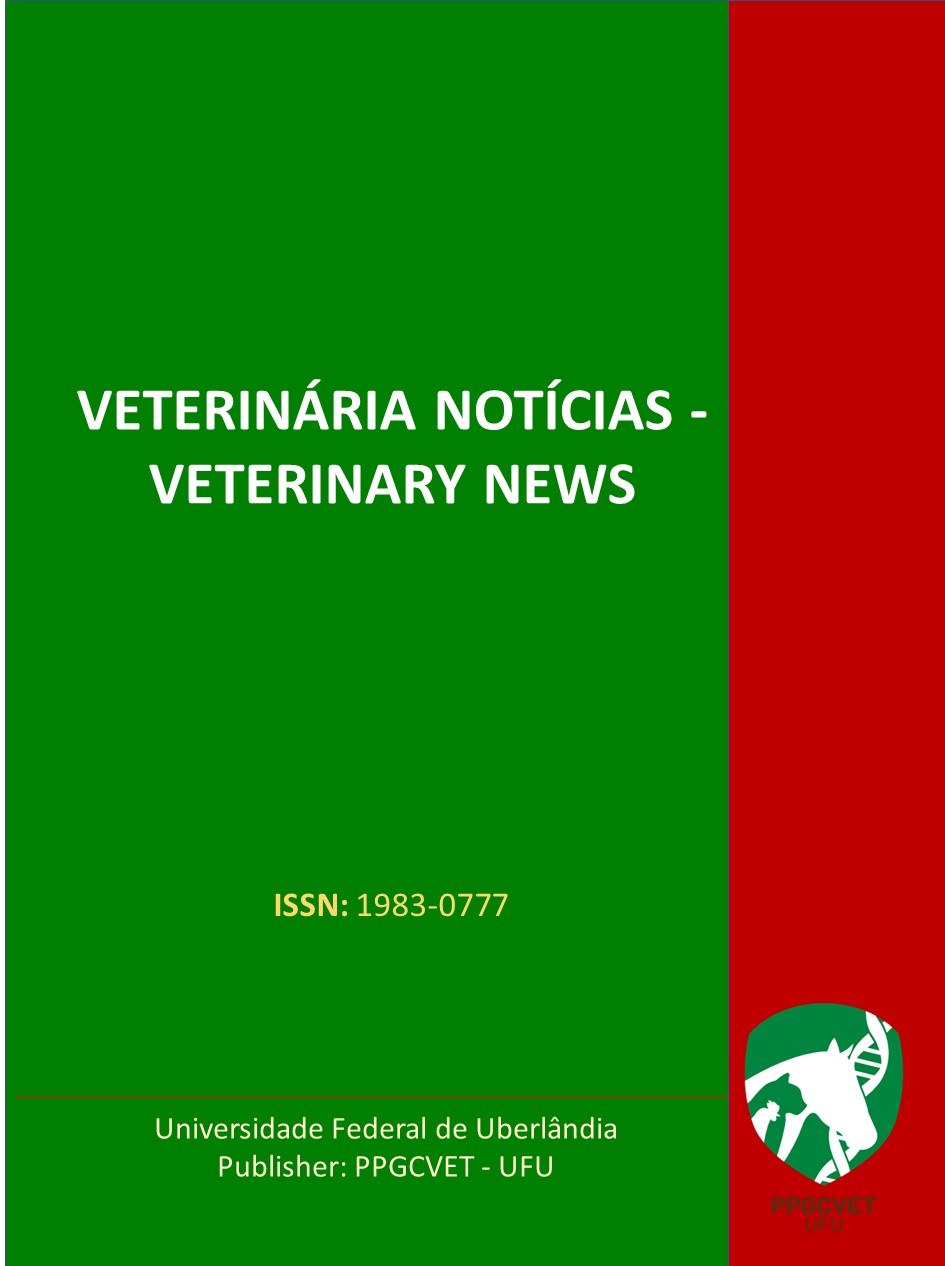FOLIAR FERTILIZATION AT THE ESTABLISHMENT OF MARANDU, MAVUNO, MULATO AND YPYPORÃ GRASSES
DOI:
https://doi.org/10.14393/VTN-v28n1-2022-61721Abstract
Foliar fertilization with macro and micro minerals for the forage grasses establishment can be a less costly alternative for the farmer, however the possible benefits of this management technique still need to be better studied. The objective of this work was to evaluate the physiological, productive and structural responses of grasses of the Urochloa genus, depending on the application or not of foliar fertilizer during plant establishment. Four experiments were carried out separately and concomitantly to evaluate the following forage grasses: Urochloa brizantha cv. Marandu and the Mulato II, Mavuno and Ipyporã, hybrids of Urochloa. The experiments were carried out from November 2018 to March 2019, in a completely randomized design, with four replications. The experimental area of each experiment consisted of four plots with 12.25 m², where half the area of the plots received foliar fertilizer (FH PASTAGEM FOLIAR, with 14% N; 12% P; 12% K; 0.38 % Mg; 10.2% S; 0.24% Cu; 0.18% Mn and 0.63% Zn) and the other half, no. Foliar fertilizer (2 kg ha-1) was diluted in water and applied with a manual sprayer 42 days after plant emergence. The response variables were evaluated: spad index, leaf area index, canopy light interception, forage production and root density. In all experiments, the application of foliar fertilizer during the establishment of Marandu, Mulato II, Mavuno and Ipyporã grasses did not influence the spad and leaf area indexes, forage production and root density.

